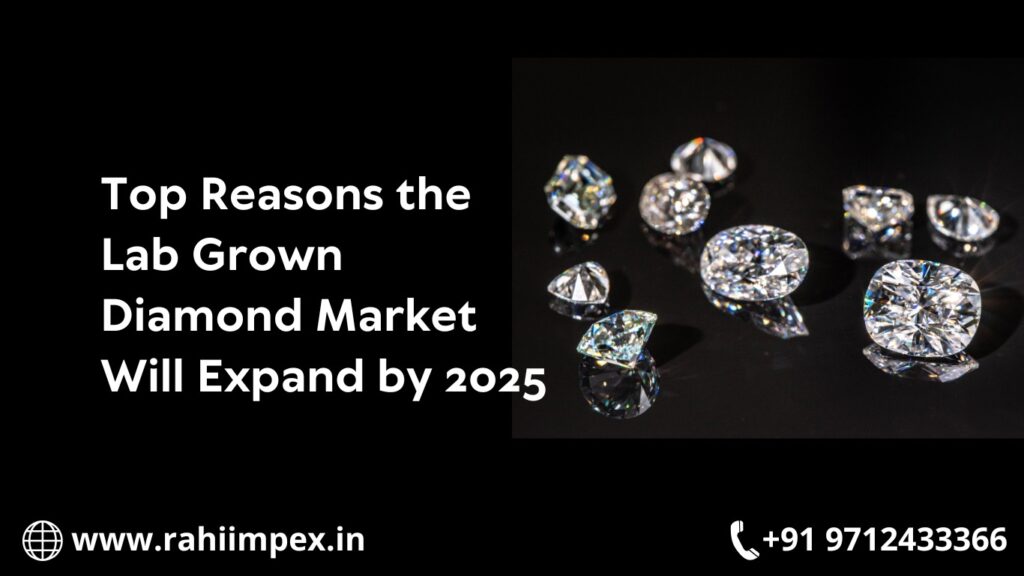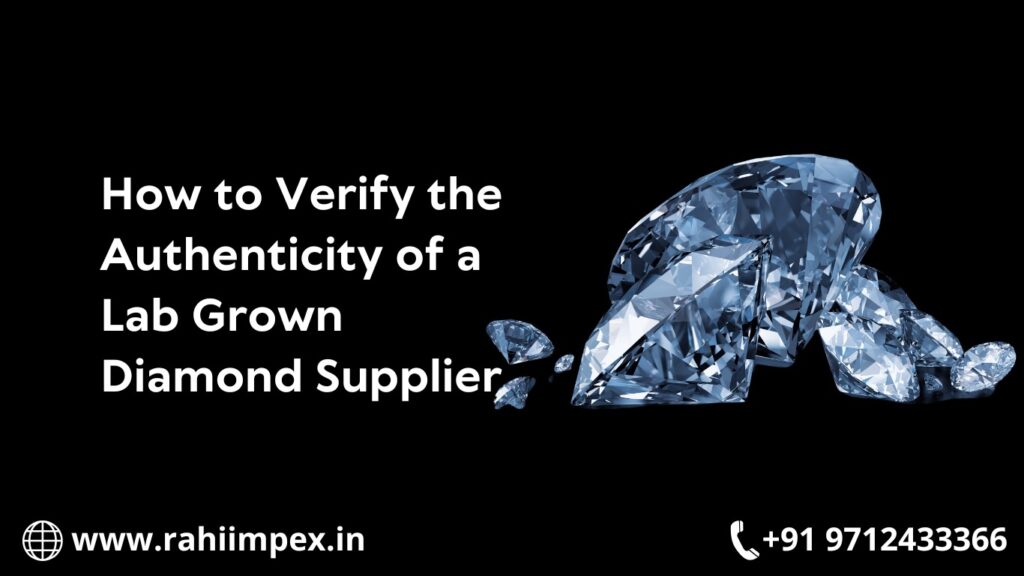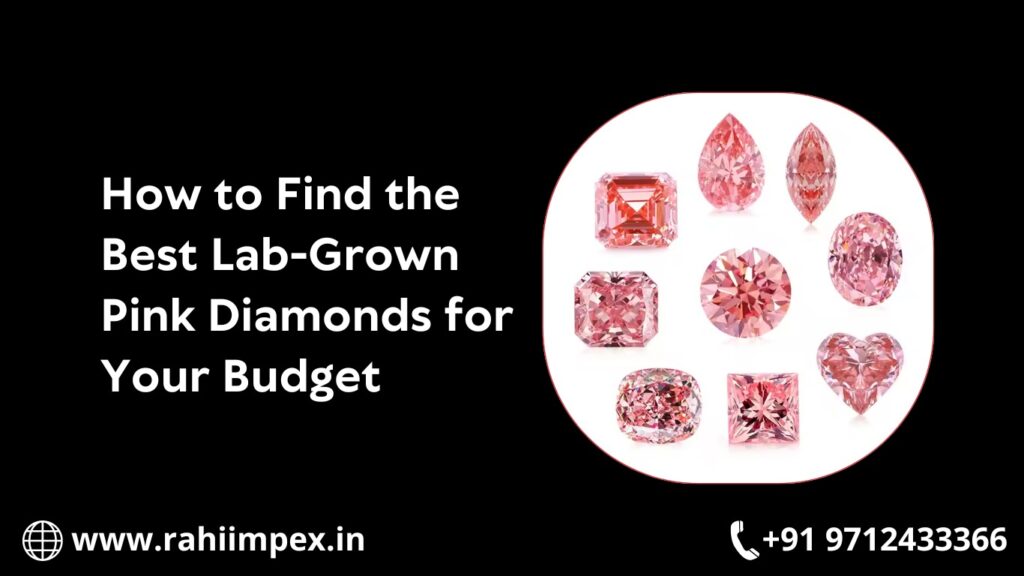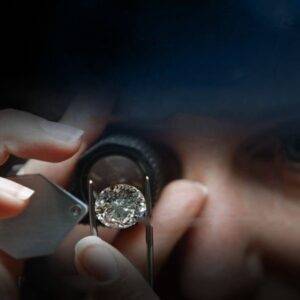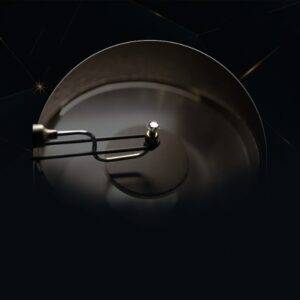Best Wholesale Lab-Grown Diamond Suppliers in India
Diamonds are the precious stones that attract everyone. However, many don’t know how to get the best-quality lab-grown diamonds. These stones are very costly as well as not easy to obtain. This problem has now been solved thanks to the availability of lab-grown diamonds.
These stunning diamonds have a similar look as well as properties as those natural diamonds. Also, these are affordable and sustainable options. Thus, many diamond lovers around the globe are now trying to adorn themselves with some really beautiful lab-grown diamonds. So, today, you will find many diamond dealers around the globe who sale lab-grown diamonds.
Now, the question arises who are reliable diamond dealers, right? So, to answer this question let’s know how to choose the right company.
Why You Must Choose the Right Dealer Is Vital?
It is very important to choose the most reliable diamond dealer. The reason is that only reliable companies will provide you with high-quality and genuine lab-grown diamonds. Only these reliable dealers will offer you the right warranties and guarantees that will ensure the authenticity of your gemstone.
Choosing the Right Diamond Dealer: Few Tips
Buying genuine diamonds is possible only when you choose the right dealer. Check out some tips for choosing the right dealer:
- The Quality and Variety
Diamonds are precious. Hence, you must choose a dealer that has a wide collection of various types of lab-grown diamonds. The right dealer can offer you lots of options with different shapes, colours, and sizes. So, you will surely find the best option for yourself.
- Certification and Accreditation
You must check the certification and accreditations of a dealer before choosing them. Also, make sure that all those certifications are offered by authentic authorities.
- Transparency is important
A genuine lab-grown diamond dealer will offer you the correct information about the origin of their diamonds. Also, they will tell you about the process of production, enhancement options, and more about your precious stone. So, you must choose your dealer after checking out these things.
- Check Testimonials and Reviews
The review of a customer will tell you about the actual standard of a lab-grown diamond dealer. So, before buying from a dealer, you must go through all the testimonials and client reviews of that company. In this way, you will choose the right dealer and get some genuine and high-quality lab-grown diamonds.
So, after going through the tips to choose the right diamond dealer, let’s check out some reliable names in the industry.
Some of the Best Wholesale Lab-Grown Diamond Suppliers in India
- Classic lab-Grown Diamond: It is one of the trusted names. This company has a 3rd generation diamond cutting factory in Surat, India.
- Bhandari Lab-grown Diamonds: It is one of the most reliable names in the industry of lab-grown diamonds. It is also based in Surat, India.
- Maitri Diamonds Inc: It is a popular name in the field of highly luxurious and sustainable lab-grown diamonds.
- Janvi Lab-Grown Diamonds: It is another reliable name in the industry of the top lab-grown diamond dealers. This company can offer you some high-quality, 100% genuine, and affordable diamonds that will suit you the best.
- Rahi Impex: It is another leading lab-grown diamond manufacturer, retailer, and wholesaler. It sells guilt-free, green, and eco-friendly diamonds to its customers.
So, when you need to buy some high-quality and 100% authentic lab-grown diamonds, you can trust these reliable dealers.
Best Wholesale Lab-Grown Diamond Suppliers in India Read More »


